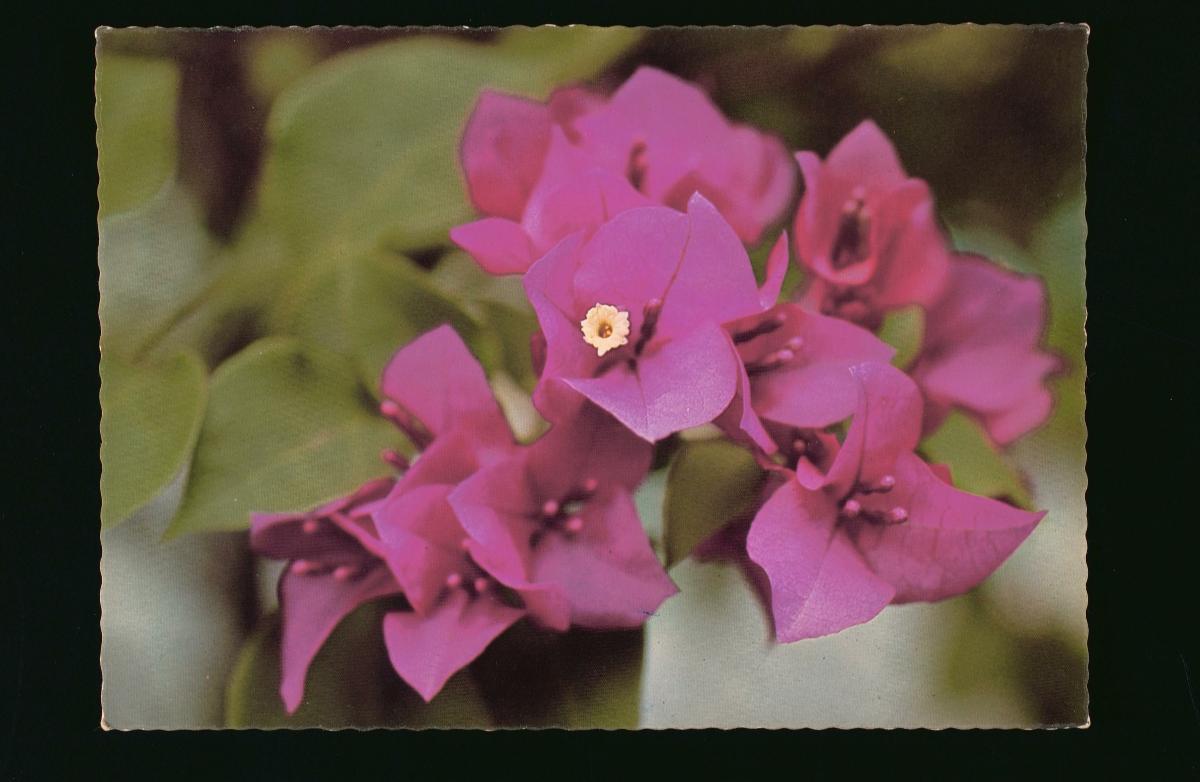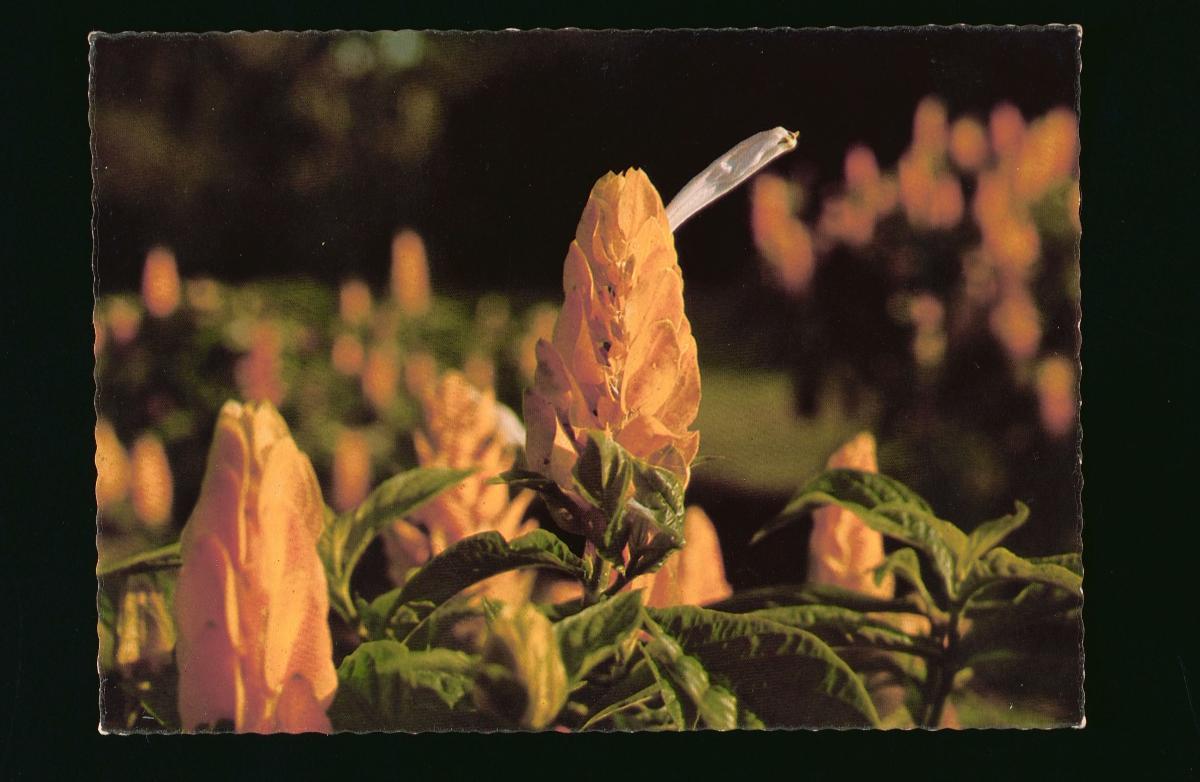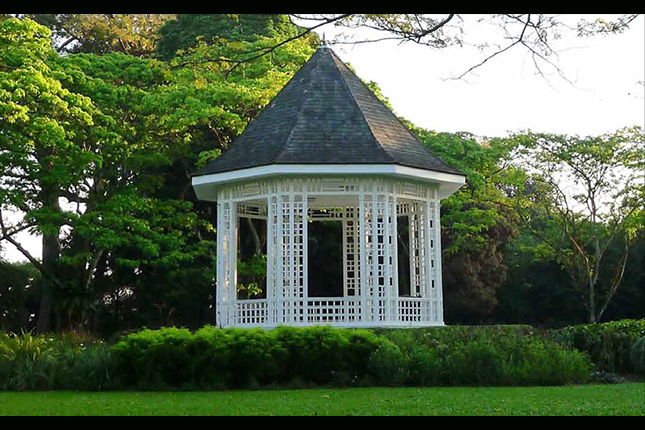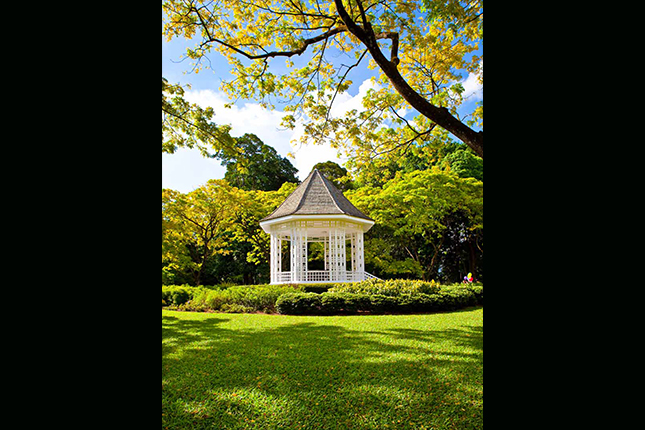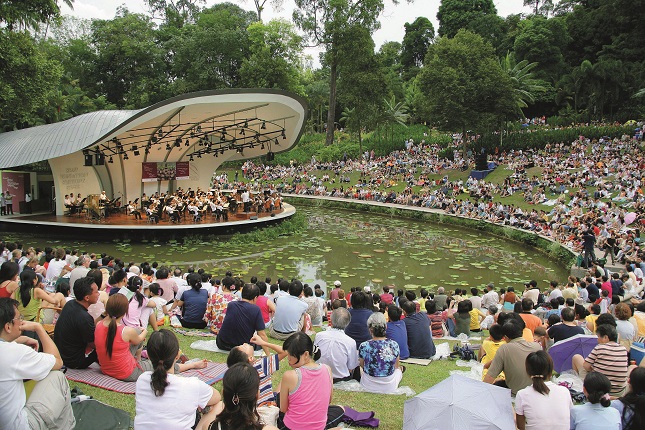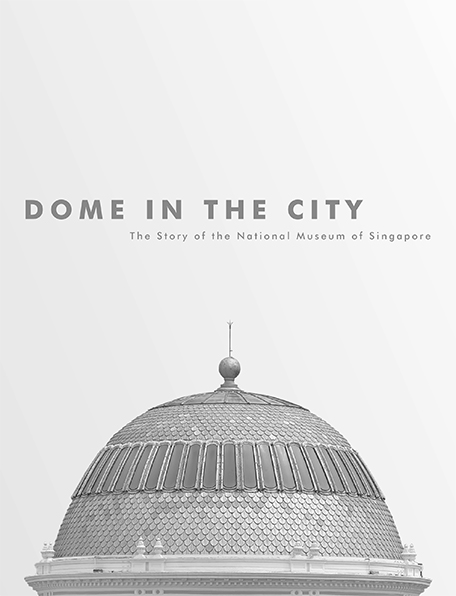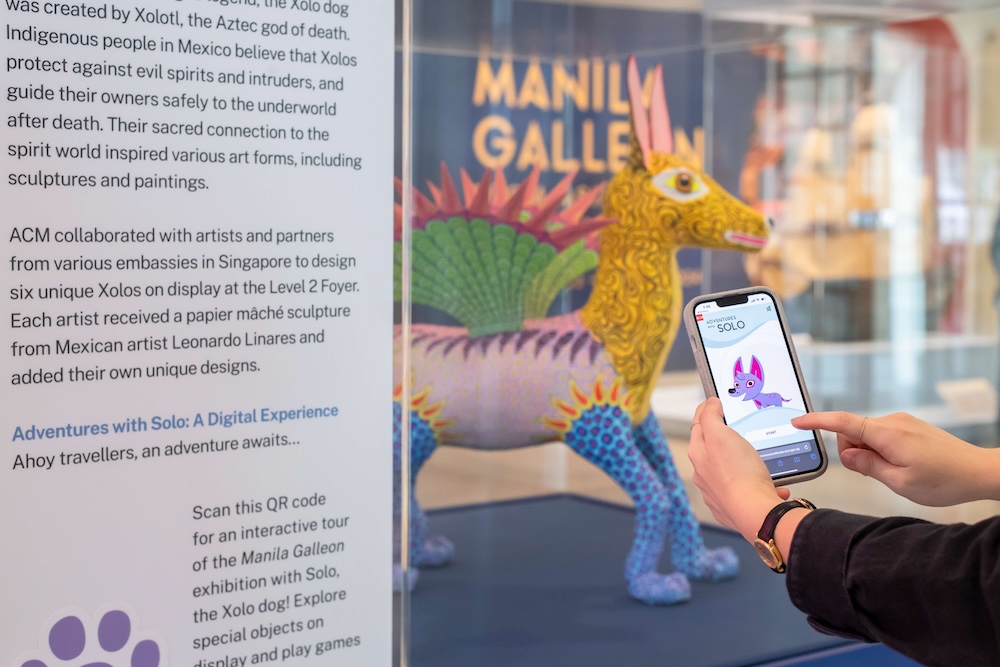TL;DR
The orchid is commonly known by Singaporeans as our national flower - Vanda Miss Joaquim. While many countries have national flowers too, the orchid is more than a national flower in Singapore’s case. It is also a tool used in Singapore’s diplomatic relations. This essay explores this little-known aspect of our natural heritage.Text by Theiswar Murali, Ng Ping Siang

What do you think of when the word ‘orchid’ comes to mind? Chances are, you might remember it as the national flower of Singapore, Vanda Miss Joaquim, which is named after Agnes Joaquim, a renowned horticulturalist. But did you know that Agnes Joaquim is not the only figure to have an orchid hybrid named after her? The naming of orchid hybrids after heads of states and equivalent VIPs, also known as orchid diplomacy, has been a longstanding effort in Singaporean natural heritage. As such, the orchid is more than just a national flower – it is a flower that establishes Singapore on the international stage as well.
Orchids are unique in that viable, fertile offspring can be produced from the crossbreeding of species not only within the same genus but also from different related genera, making it possible for a great variety of hybrids to be created. By the 1950s, Singapore had established her reputation as a centre for excellence in orchid hybridisation and cultivation. Renowned orchid breeder Tan Hoon Siang’s Papilionanda Tan Chay Yan - a showy, peach and salmon coloured orchid - won a First-Class Certificate at the Chelsea Flower Show in London in 1954, placing Singapore on the world map for orchid hybridisation and cultivation. This was a win that placed Singapore at the forefront of orchid breeding efforts.
Then Director of the Singapore Botanic Gardens, Richard Eric Holttum, was inspired by Vanda Miss Joaquim, which was popularly grown in many Singaporean households then, to experiment in the field of orchid hybridisation. Holttum employed Lewis Knudson’s revolutionary method of asymbiotic orchid germination (a method that accelerated the growth of seedlings in controlled conditions) in 1928 to produce his first orchid hybrid, Spathoglottis Primrose, which flowered in 1931. Holttum continued to create many more hybrids, registering a total of 28 hybrids during his 27 years of employment at the Gardens. Hybrids created by Holttum like Aranthera James Storie and Aranda Deborah were used for export and contributed to the growth of the cut flower industry in Singapore.

Building upon the firm foundation set by Holttum, the Singapore Botanic Gardens developed a uniquely Singaporean diplomatic technology, using orchids as symbols of diplomacy with other states. With more than 200 registered hybrids named after visiting heads of states and equivalent VIPs, orchid diplomacy remains one of Singapore’s unique approaches when it comes to fostering relations with other countries today.
Singapore has long employed the gifting of orchids. Looking at its history, one traces Singapore’s orchid diplomacy all the way back to 1956 when the first orchid, Aranthera Anne Black, was named after Lady Anne Black, wife of Singapore’s former governor Sir Robert Black. In a more contemporaneous context, the orchid hybrid, Papilionanda Kamala Harris, was named after the Vice President of the United States of America, Kamala Harris, during her official visit to Singapore on 23 August 2021.
Today, a prized collection of these VIP orchids has become an important attraction of the National Orchid Garden. Why is it such an important tool in Singapore’s context?
Importance of Orchid Diplomacy
Working on this potential of the orchid, Singapore has refined it into a diplomatic tool by specialising in orchid breeding – a form of diplomacy to signify her relations with other nations.
Orchid diplomacy serves as a gesture of friendship to promote goodwill and foster closer ties between Singapore and other countries. An exclusive gesture accorded to foreign dignitaries – such as with the U.S. Vice President stated above – it plays an important role in fostering and building Singapore’s bilateral relations. To date, Singapore is the only country in the world to have such an orchid diplomacy initiative.
Now the question remains – why does such a diplomatic tool matter for Singapore? As with China and panda diplomacy, orchids are in this case, Singapore’s “pandas”. As a maritime hub that connects multiple countries together, Singapore’s bilateral relations are of utmost importance to her identity and survival. Furthermore, the lack of natural resources often places Singapore at a disadvantaged position when dealing on the international table. Just as how the creation of NEWater has generated an alternative route of water, orchid breeding is another display of scientific effort by Singapore to improve its ties with the world.

In a world with rising globalisation and transnational movements, international relations are becoming even more pertinent in this context. As an international hub and “heart” of such a globalising world, orchid diplomacy is thus a crucial part of our heritage and Singapore’s identity.
Located within the Singapore Botanic Gardens, the National Orchid Garden has the largest and most comprehensive permanent tropical orchid display in Asia, with over 1,500 orchid species and 2,000 orchid hybrids on display. It comprises thematic display areas such as the VIP Orchid Garden and Celebrity Orchid Garden. Most recently, enhancements have been undertaken to rejuvenate the National Orchid Garden, culminating in the opening of the Tropical Montane Orchidetum in April 2021. The Tropical Montane Orchidetum consists of The Sembcorp Cool House, the Yuen Peng McNeice Bromeliad Collection, and the Tan Hoon Siang Mist House, and has provided the Gardens more opportunities to hybridise orchid species from different habitats, further strengthening its capabilities in orchid hybridisation.
About Partner
Theiswar Murali and Ng Ping Siang are budding historians pursuing the Bachelor of Arts (Hons) in History programme at Nanyang Technological University. This essay illustrates an intersection of their interests in Singaporean heritage, international relations, and the environment.
This article was developed for Singapore Heritage Fest 2022.




